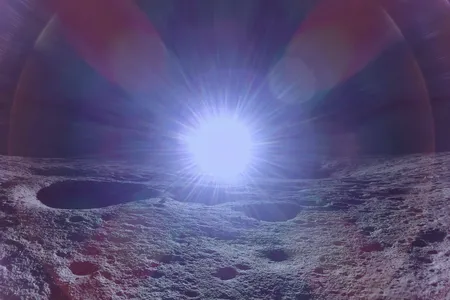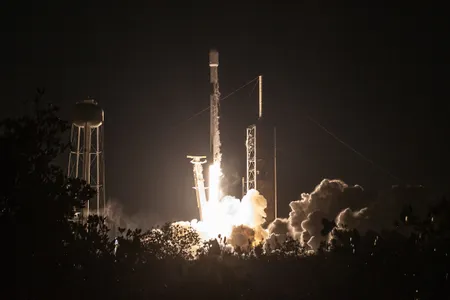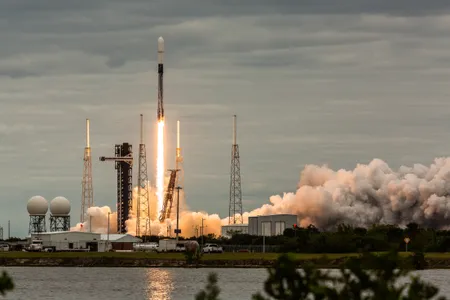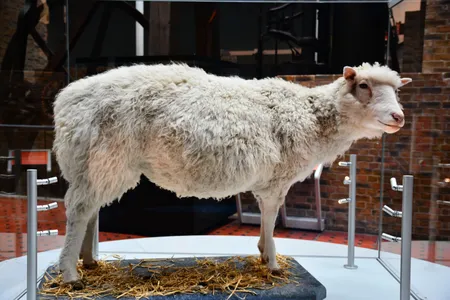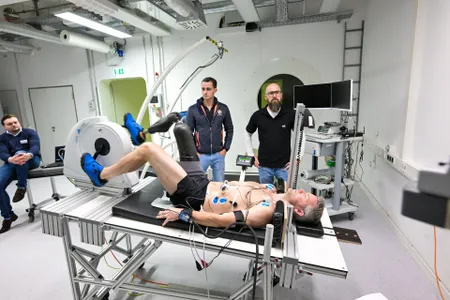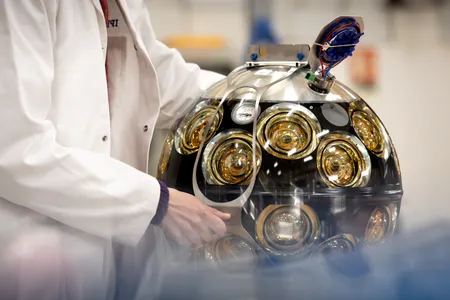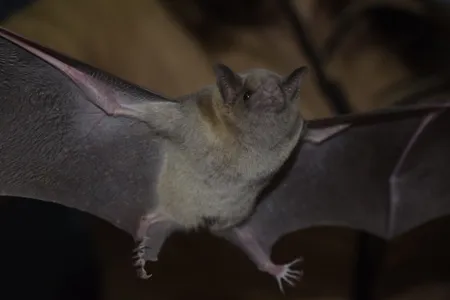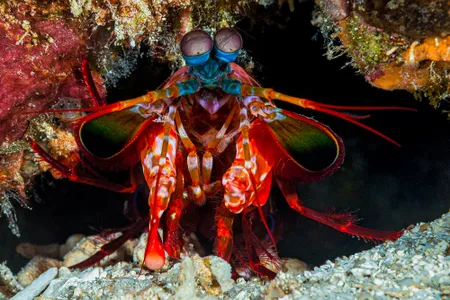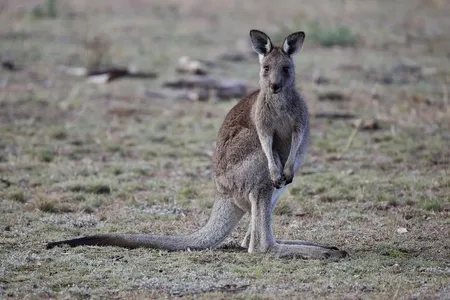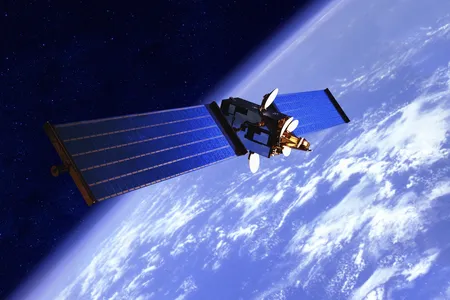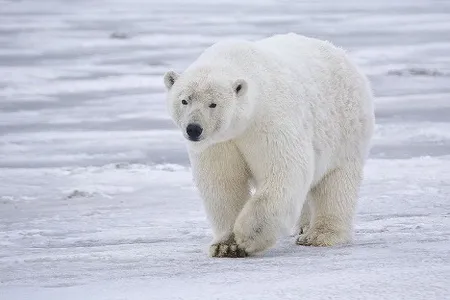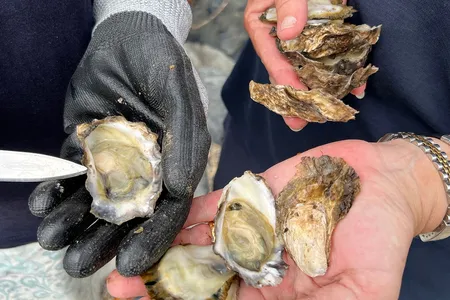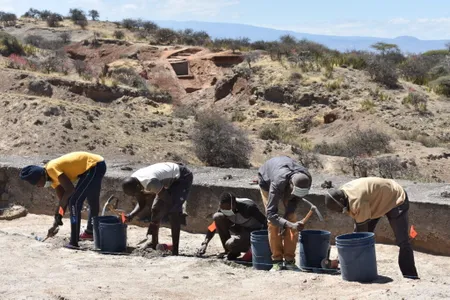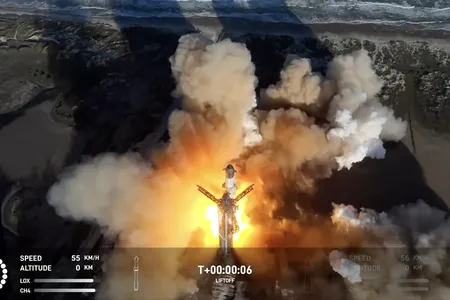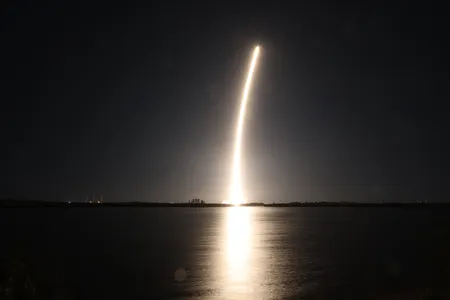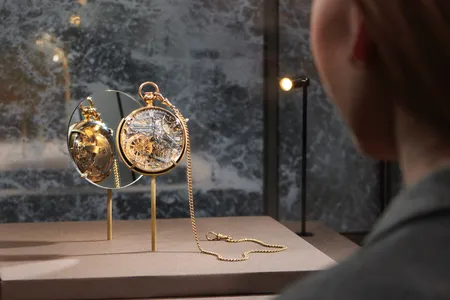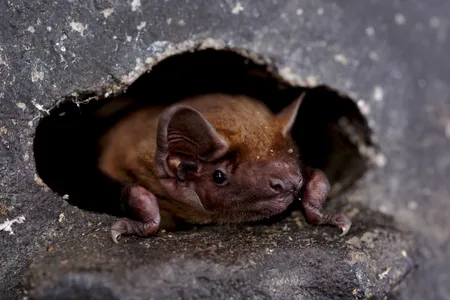See the Striking New Images From the Blue Ghost Lunar Lander, Now the Second Private Spacecraft to Touch Down on the Moon
Firefly Aerospace’s lander reached lunar soil early Sunday morning, after a 2.8-million-mile journey lasting 45 days
Athena Spacecraft Launches to the Moon, as Intuitive Machines Aims for Historic Second Lunar Landing
The American company achieved the first successful moon landing by a private spacecraft last year. Now, it has sent a new mission to the south pole, carrying science instruments for NASA
SpaceX Rocket Stage Burns Up Over Europe and Crashes in Poland, While Blue Origin Debris Washes Ashore in the Bahamas
The SpaceX rocket failed to deorbit properly, and the Blue Origin debris had already landed as planned in the ocean
Bletchley Park Exhibition Shows How World War II-Era Research Shaped Artificial Intelligence
Titled “The Age of A.I.,” the show examines the technology’s 20th-century roots and spotlights its role in contemporary healthcare, environmental conservation and the creative industries
Why Scientists Kept the Birth of Dolly, the World’s First Cloned Mammal, a Secret for Seven Months
The scientific breakthrough, announced on this day in 1997, proved that geneticists could clone an adult mammal, giving rise to a new era of ethical debate and experimentation
The World’s First Astronaut With a Physical Disability Is Cleared for Long-Duration Space Missions
Paralympian John McFall has passed all the required medical exams and is now eligible for future travel to the ISS with the European Space Agency
A Record-Breaking ‘Ghost Particle’ From Outer Space Made a Splash of Light in the Mediterranean
The neutrino was 30 times more energetic than any other previously observed particle of its kind. Scientists still don’t know exactly where it came from
Artists Sign Open Letter Protesting Christie’s Upcoming All-A.I. Art Auction
Some artists fear that A.I. models trained on their work will eventually put them out of business, while others are embracing the latest technology in an effort to expand the bounds of human creativity
Scientists Confirm Endangered Bats Are Migrating in Arizona for the First Time, Using DNA Clues Found in the Environment
Researchers and citizen scientists took samples of environmental DNA from saliva on backyard hummingbird feeders and agave plants to identify Mexican long-nosed bats
Mantis Shrimp Pack a Punch With the Force of a Bullet—and They Don’t Get Hurt. Here’s How
In a new study, scientists tested the complex layers in the animal’s clubs that serve as mighty shields to absorb the shock of the impact
Scientists Produced the First Kangaroo Embryos Through IVF. They Could Be Key to Marsupial Conservation in Australia
With continued work in the future, the team hopes to promote live births of endangered marsupial species, including Tasmanian devils, koalas and northern hairy-nosed wombats
Mysterious ‘Chirping’ Waves Detected 100,000 Miles Above Earth Are Surprising Scientists
Chorus waves, quick bursts of energy known to occur relatively close to Earth and around other planets, were found in an unexpected part of the magnetosphere, according to a new study
How Do Polar Bears Keep Ice Off Their Fur? New Study Reveals the Secret—and It Could Improve Technology
The de-icing properties of polar bear sebum could fuel new innovations, scientists say, potentially unlocking alternatives to harmful “forever chemicals” used in ice-resistant coatings today
Oyster ‘Blood’ May Be the Secret Weapon in Our Fight Against Antibiotic-Resistant Superbugs, Study Finds
In lab experiments, a protein found in the Sydney rock oyster made some antibiotics more effective and killed several types of illness-causing bacteria
Ape-Like Human Ancestors Were Largely Vegetarian 3.3 Million Years Ago in South Africa, Fossil Teeth Reveal
Scientists suggest meat consumption was pivotal to humans’ development of larger brains, but the transition probably didn’t start with Australopithecus, according to a new study
Homo Erectus Thrived in a Desert, Study Finds, Suggesting the Early Humans Could Adapt to Extreme Environments
New research suggests modern humans aren’t the only hominin species capable of “ecological flexibility”
SpaceX’s Starship Explodes in Its Seventh Test Flight, With Falling Debris Putting on a Fiery Show
The Super Heavy booster, meanwhile, was successfully caught in the launch tower’s mechanical arms for only the second time
Two Private Landers Launch on a SpaceX Rocket, Aiming to Touch Down on the Moon
Built by Firefly Aerospace and Ispace, the pair of spacecraft will land separately in the moon’s northern latitudes, conduct science experiments and test new technology
These Fascinating Objects Show How the Palace of Versailles Drove Surprising Scientific Advances in the 17th and 18th Centuries
Titled “Versailles: Science and Splendor,” a new exhibition illustrates how the royal court encouraged innovation during the reigns of Louis XIV, Louis XV and Louis XVI
Bats Hitch a Ride on Storm Fronts When Migrating, Saving Energy by ‘Surfing’ Through the Sky, Study Finds
Researchers tracking female bats in central Europe found they migrated much farther in a single night than previously thought. The findings could help protect bats from wind turbine collisions
Page 4 of 96
